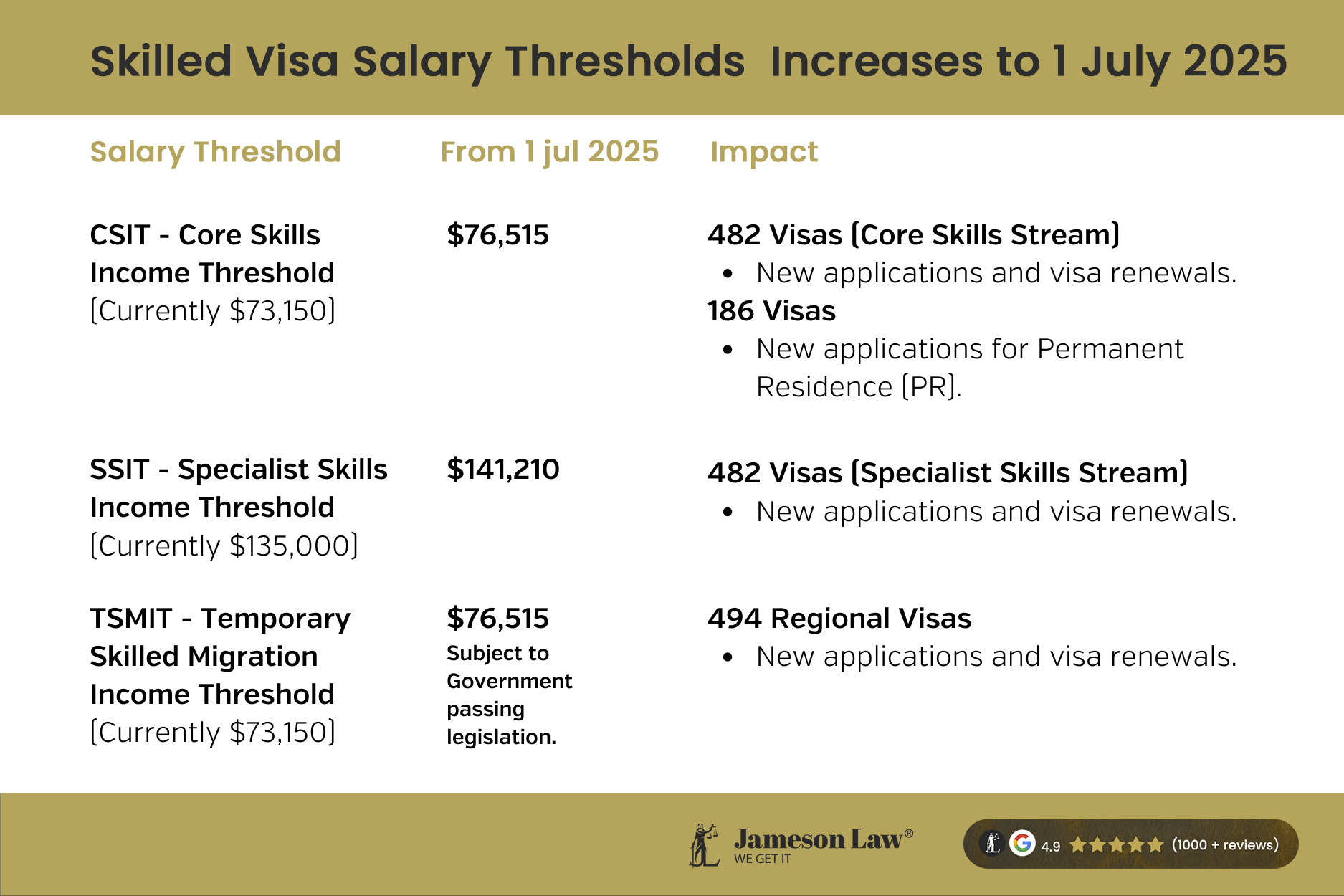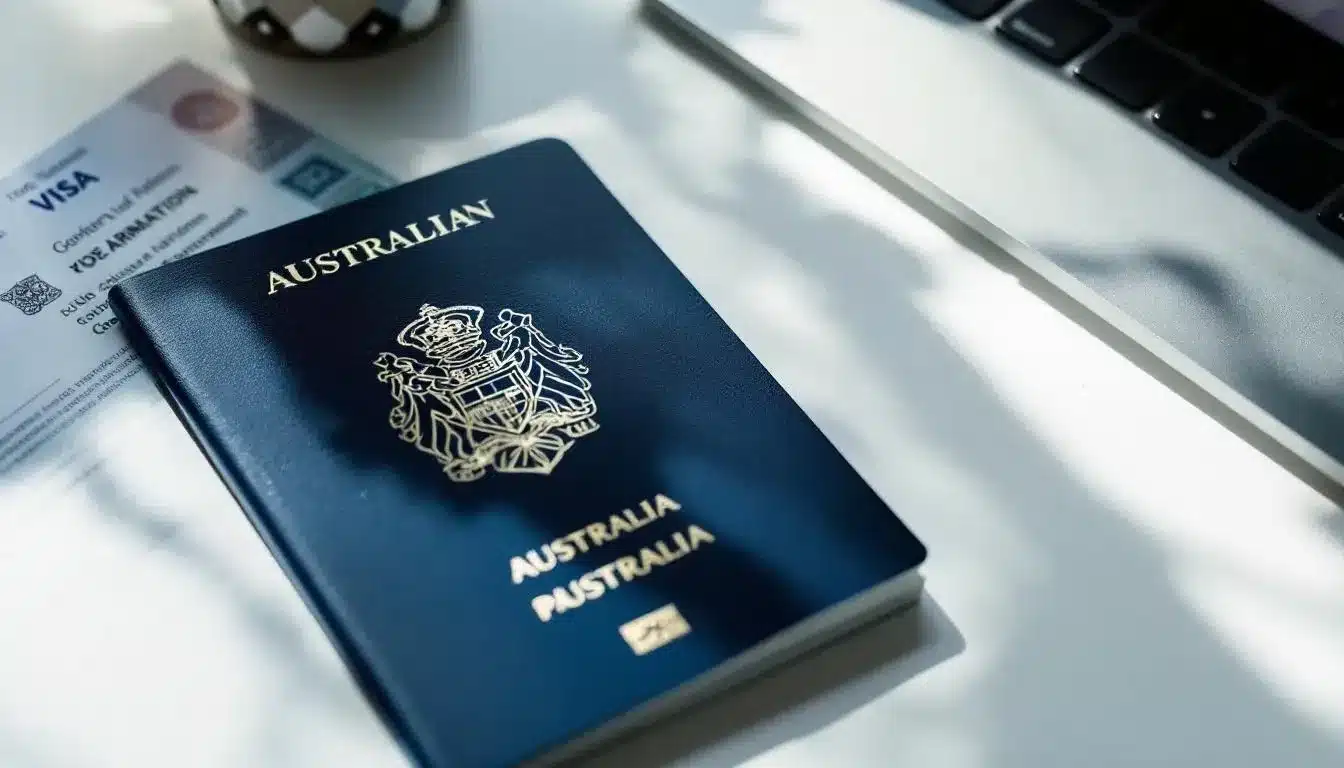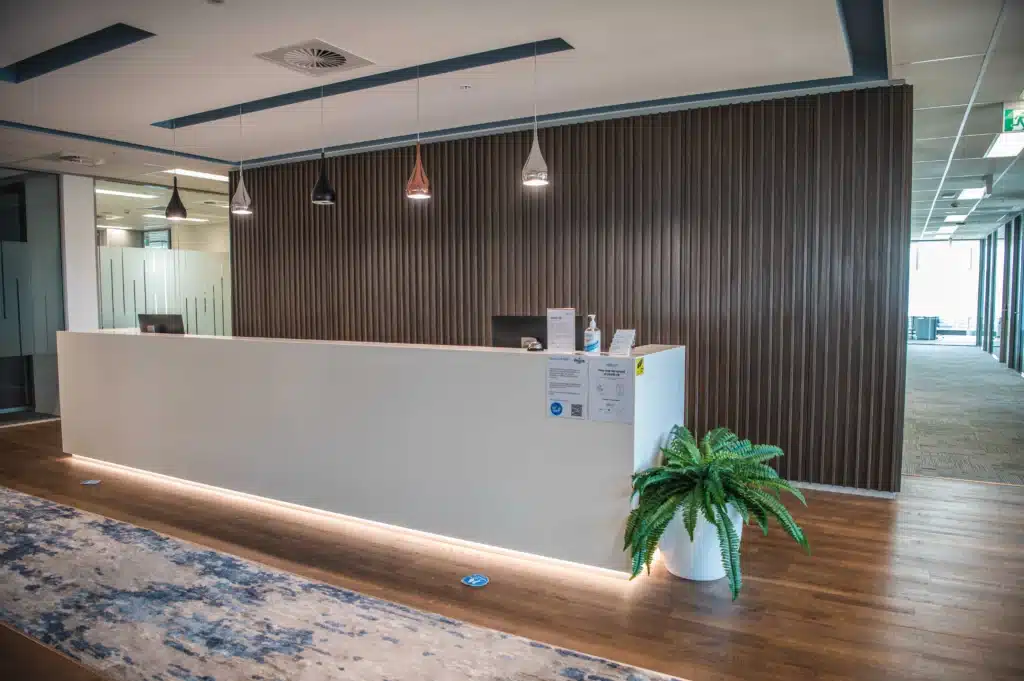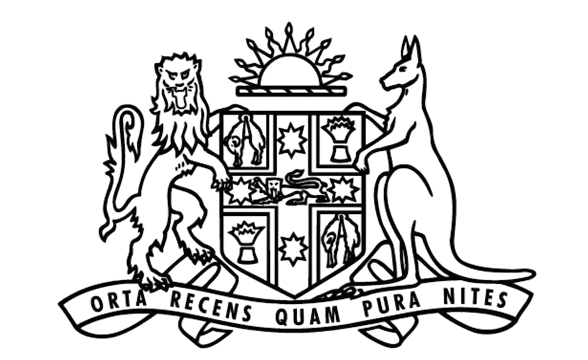Australian Immigration Updates – July 2025
Significant updates to Australian immigration policies took effect on 1 July 2025, with further changes anticipated under the government’s broader Migration Strategy for 2025–2026.
At Jameson Law, we are committed to keeping you informed of both current regulatory shifts and expected reforms to help you plan your migration pathway strategically.
Visa Application Charges Updated
From 1 July 2025, most Australian visa application charges increased by approximately 3%, in line with the 2023–2024 Consumer Price Index. This standard indexation ensures that application fees keep pace with economic changes.
However, a more substantial increase applied to Student Visa (Subclass 500) applications, with the base application charge rising by 25% from AUD 1,600 to AUD 2,000. Fees for additional applicants aged 18 and over increased to AUD 1,225, and for applicants under 18, the fee is now AUD 400.
These changes affect all new student visa applications lodged from 1 July 2025 and are important for students budgeting for their studies in Australia. You can also find budgeting resources on the Study Australia website.
New Skilled Visa Income Thresholds
In addition to application fee adjustments, new skilled visa income thresholds also commenced on 1 July 2025. The Core Skills Income Threshold increased from AUD 73,150 to AUD 76,515, impacting nomination applications for the Core Skills stream of the Skills in Demand Visa (Subclass 482) and the Employer Nomination Scheme (Subclass 186).
The Specialist Skills Income Threshold rose from AUD 135,000 to AUD 141,210, relevant to nominations under the Specialist Skills stream of the Skills in Demand Visa (Subclass 482). The Temporary Skilled Migration Income Threshold also increased to AUD 76,515, affecting the Skilled Employer Sponsored Regional Visa (Subclass 494).
For all new nomination applications lodged from 1 July, employers must ensure that salaries meet the new relevant income threshold or the Annual Market Salary Rate, whichever is higher.
These changes do not affect existing visa holders or nominations submitted before 1 July 2025.
Looking Ahead: 2025–2026 Migration Strategy
Looking ahead, further changes remain anticipated as part of the Migration Strategy 2025–2026, although no formal legislative instruments have yet been released.
Partner visa processing is expected to shift towards a single-stage model that combines temporary and permanent assessments into one streamlined application process.
Additionally, there are potential upcoming changes to international student work rights and financial capacity requirements to ensure students can adequately support themselves during their studies.
Implications and Expert Guidance
These updates demonstrate the government’s focus on aligning skilled migration with Australian wage growth, ensuring that visa application charges reflect economic conditions, and preparing for broader reforms to streamline migration pathways over the coming year.
As the migration landscape continues to evolve, professional guidance is essential to navigate the complexities of these changes and assess how they may impact your current or future applications.
New Financial Year Brings Visa Fee and Income Threshold Increases – Effective 1 July 2025
The new fiscal year in Australia has arrived — and with it, a wave of financial updates to immigration and visa-related costs. While 1 July often ushers in both policy and pricing adjustments, this year’s changes are purely financial — but nonetheless significant for individuals and businesses navigating the migration landscape.
Visa Application Charge (VAC) Increases
In line with the Australian Government’s annual indexation policy, the Migration Amendment (Visa Application Charges) Regulations 2025, which came into effect on 1 July 2025, introduced updated visa application charges across most categories.
- Most visa subclasses have increased by 3%, rounded to the nearest $5.
- Student Visa (subclass 500) and Student Guardian Visa (subclass 590) saw a 25% increase, now priced at $2,000 per application.
Additionally, citizenship application fees, Administrative Review Tribunal (AAT) fees, and Federal Court filing fees have also been indexed to reflect CPI movements.
These changes may significantly impact budgeting for individuals, families, and organisations — especially within the international education sector.
Revised Skilled Visa Income Thresholds
Key income thresholds tied to skilled migration and employer sponsorship have also been adjusted to reflect inflation and economic benchmarks. The new thresholds, effective 1 July 2025, are:
- Core Skills Income Threshold (CSIT): $76,515
- Specialist Skills Income Threshold (SSIT): $141,210
- Temporary Skilled Migration Income Threshold (TSMIT): $76,515
- Fair Work High Income Threshold (FWHIT): $183,100

These updated thresholds are crucial for employers when determining eligibility, sponsorship obligations, and salary packages for current and prospective visa holders.
INSIGHTS
In 2023, the Australian Government broke a decade-long standstill by raising the Temporary Skilled Migration Income Threshold (TSMIT) from $53,900 to $70,000. It also pledged to index the threshold annually thereafter. The most recent adjustment—to $76,515, effective 1 July 2025—upholds that commitment.
Although employers will face higher wage obligations, this increase better reflects Australia’s rising living costs and can offer greater financial security to temporary visa holders. Moreover, it underscores the government’s goal of maintaining fair pay standards in sponsored positions, safeguarding both domestic and migrant workers from undercutting.
CONCLUDING THOUGHTS
Key components of the 2023 Migration Strategy remain in development, and any significant policy shifts were expected to await the next federal election. Meanwhile, Australia continues to prioritise skilled migration to fuel its economic agenda. While net overseas migration is forecast to ease in 2025–26, the focus on high‑value talent intensifies.
Late‑2024 visa introductions — such as the Skills in Demand Visa (subclass 482) for occupations experiencing shortages, and the National Innovation Visa (subclass 858) aimed at cutting‑edge innovators — demonstrate this strategic pivot. By favouring quality over volume, these pathways seek individuals who will deliver enduring benefits to Australia’s prosperity.
For personalised assistance, speak with our team at Jameson Law or contact us directly at (02) 8806 0866. We can help you navigate these changes and ensure your migration goals remain on track.













